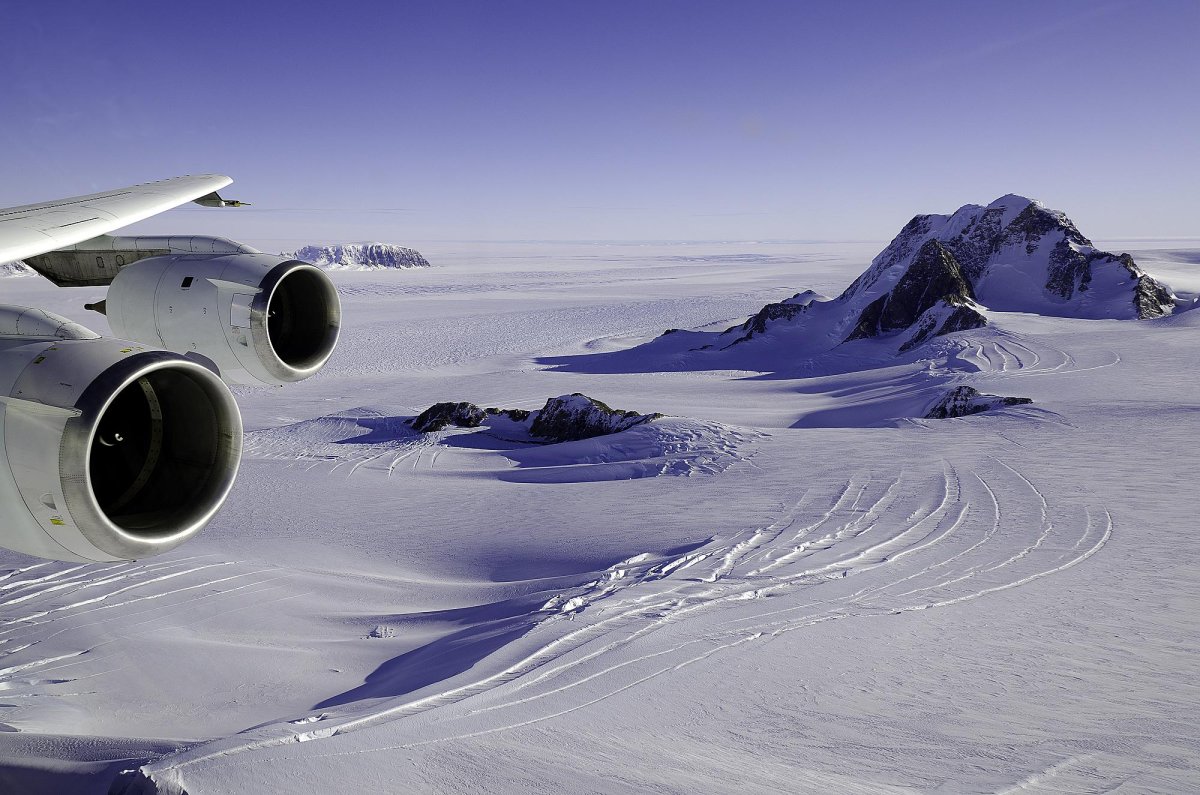TORONTO – Like so many others, the discovery of a volcano beneath an ice sheet in West Antarctica was an accident.

A team of scientists, which had set up two lines of seismographs across Marie Byrd Land in West Antarctica, was looking to weigh the ice sheet in order to reconstruct Antarctica’s climate history.
Its automated event-detection software, designed to detect any unusual events, recorded two bursts of seismic events between January 2010 and March 2011.
Read more: Giant channels found beneath Antarctic ice shelf
Doug Wiens, professor of Earth and Planetary Science at Washington University in St. Louis, Mo., and PhD student Amanda Lough, further investigated the data. What they found was that a new volcano was forming beneath the ice.
“I started seeing events that kept occurring at the same location, which was odd,” Lough said in a press release. “Then I realized they were close to some mountains–but not right on top of them.
“My first thought was, ‘Okay, maybe its just coincidence.’ But then I looked more closely and realized that the mountains were actually volcanoes and there was an age progression to the range. The volcanoes closest to the seismic events were the youngest ones.
- Enter at your own risk: New home security camera aims paintballs at intruders
- Boston Dynamics unveils ‘creepy’ new fully electric humanoid robot
- Nova Scotia scraps spring bear hunt idea, public ‘very divided’ on issue
- Ontario First Nation calls for chemical plant to be shut down amid ‘dangerously high’ benzene levels
The data showed that almost all of the events had occurred at depths of 25 to 40 km which is near the boundary between Earth’s mantle and the crust, which ruled out glacial origins.
Rather, the events were something called Deep Long Period earthquakes (DPL) which occur in volcanic areas.
“Most mountains in Antarctica are not volcanic,” Wiens says, “but most in this area are. Is it because East and West Antarctica are slowly rifting apart? We don’t know exactly. But we think there is probably a hot spot in the mantle here producing magma far beneath the surface.”
Wiens said that the volcano will “definitely” erupt. But in order for it to erupt above the surface of the ice, it would need to release a thousand times more energy than a typical eruption.
“The volcano will create millions of gallons of water beneath the ice—many lakes full,” said Wiens.
Wiens also speculated that it may increase the rate of ice-mass loss in the West Antarctic.
The findings were published in the Nov. 17 online issue of Nature Geoscience.


Comments